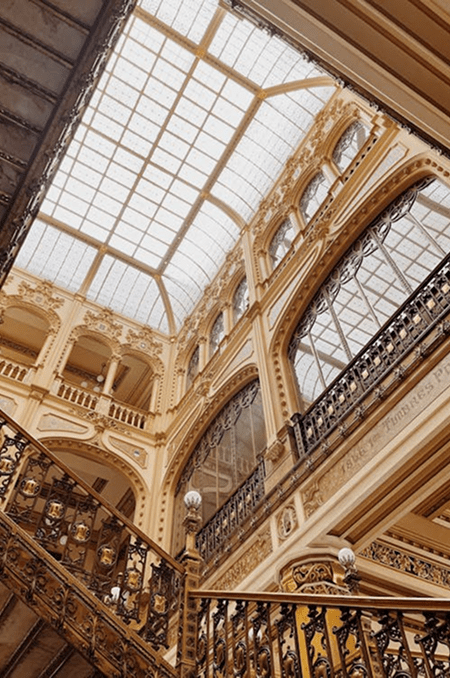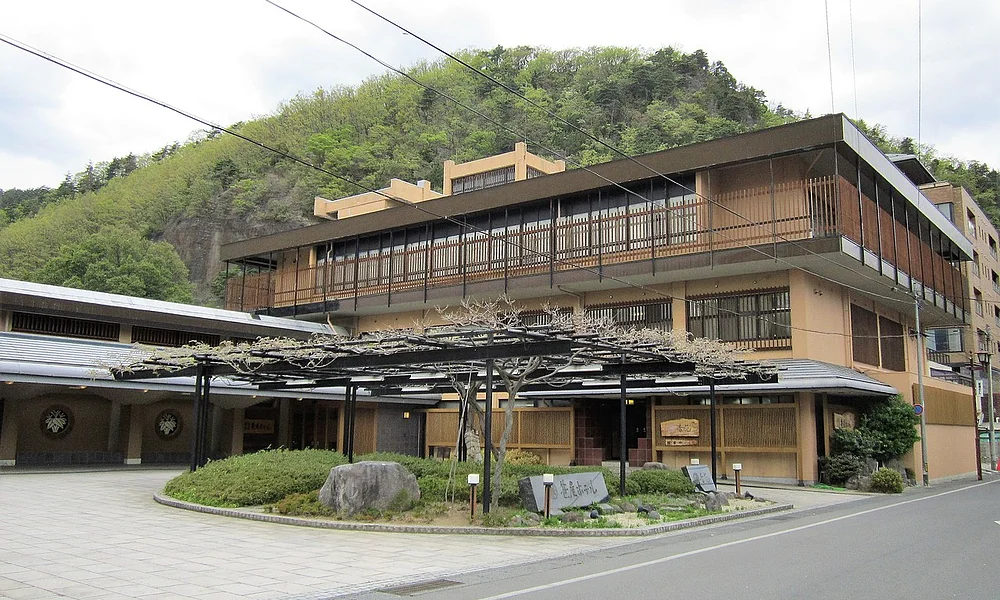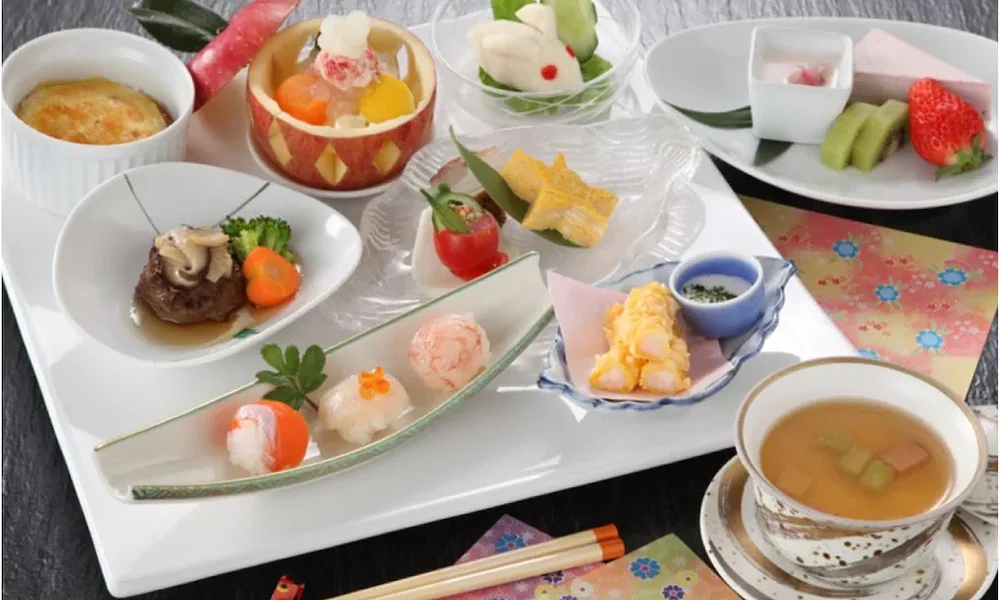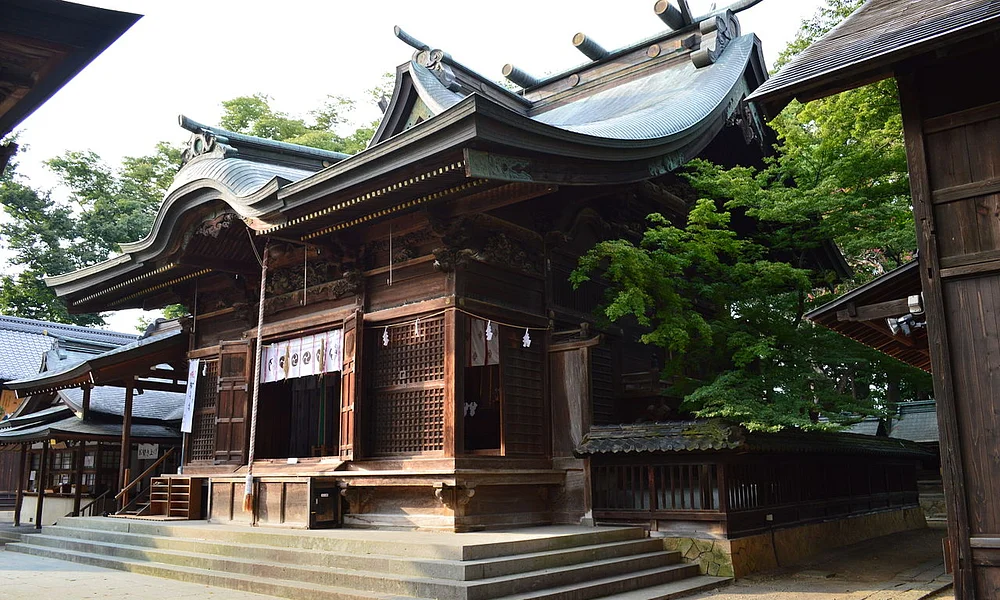Sasaya Hotel's fortunes finally turned in 1912 when Togura Train Station was finally opened, bringing activity back to the town. In 1916, Sasaya Hotel returned to the left bank of the Chikuma River and reestablished the Togura Onsen a third time, where it remains open to this day. A contributor to Sasaya Hotel's enduring legacy was the construction of a levee on the Chikuma River, which finally solved the region's flooding woes.
When Seiichi's son Shuuichi became an adult, he married a woman named Mitsu, who joined the ladies of Sasaya in running the hotel. Shuuichi would later assist her in 1931, when he retired from being a bank manager and began operating the hotel as his new full-time endeavor. These were prosperous times as they were able to commission the Japanese architect Endo Arata to construct a villa for the hotel. Endo was a protégé of Frank Lloyd Wright, the famed American architect whose works influence residential and commercial buildings around the world even to this day. While Endo worked on designing the villa's building, he recommended his gardener and landscaper friend, Abe Sadaaki, to build the villa's garden. The villa was completed in 1934 and would later be designated as a National Tangible Cultural Property in 2003, rechristened as Honenmushi.
After the 1964 Tokyo Olympics, the management of Sasaya Hotel realized that the changing times required for them to also transform the hotel. They demolished the wooden buildings and replaced them with a seven-story structure made of concrete. Shuuichi's heir, Sakai Eiichi, would express having second thoughts about this renovation later on. They once again renovated the hotel in 1993, back into an establishment boasting classical architecture, after celebrating Togura Kamiyamada Onsen's 100th anniversary. The transformation was completed in 1997, and its grand reopening took place that same year.
















